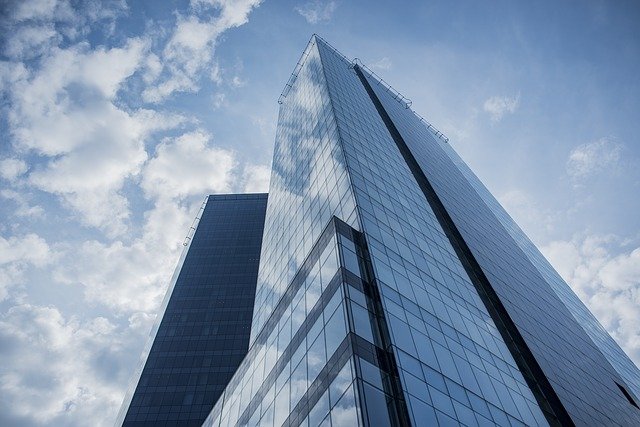Designing the Courthouses: Does it Comply to the Laws?
Civic and majestic designs define courthouse architecture. Going beyond the vernacular traditions to investigate modern aesthetics and new forms of expression are behind the efforts of establishing new forms of expression. Courthouses, as important landmarks in a city, reflect a people’s views, values, and aspirations. They also serve as a meeting point, cultural hub, and social gathering spot.

Examples of Hybrid Design Courthouses
Within the courtroom typology, the following projects make hybrid programming and wholly unique envelopes. They bring fundamental design ideas, as well as those of governments and cities, to life.
International Criminal Court in The Hague
The landscape is returned to the city by constructing a compact building with a modest footprint, allowing open spaces such as the sky as well as the horizon to be a part of an integral element of the architectural composition.
John M. Roll US Courthouse
The solar canopy, supported by a series of naturally weathering steel columns, is the Courthouse’s great design gesture.
Regional Court at Montmorency
The entrance, which is designed as a space on the main façade, deviates from the conventional symmetrical composition of courthouses. Looking at the outside portion, this entryway – which has only one level – appears to be a little size.
United States Courthouse
A seven-story edifice, this Courthouse has one special courtroom for proceedings. It also has 4 district courtrooms, 4 courtrooms for magistrates, joint-use facilities, jury assembly, and other amenities.

